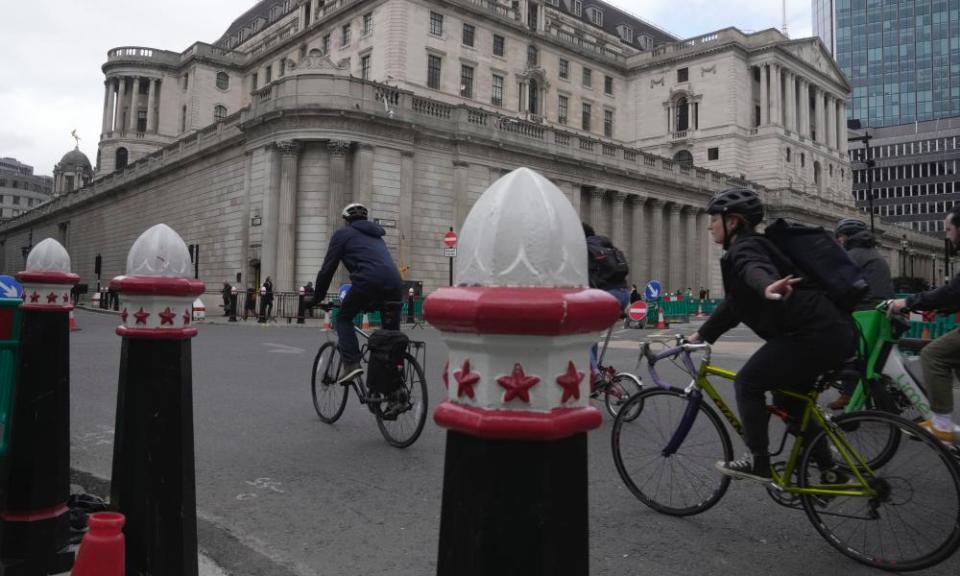Is this the end of UK interest rate rises or are there more to come?

Tasked with striking a balance between an unexpected increase in February’s inflation numbers and concerns about a new banking crisis, the Bank of England has voted for an 11th consecutive rate rise. The question now is whether they will opt for a 12th.
Markets are pricing in a further small hike to 4.5%. However, a glance at the forecasts for inflation show it declining rapidly this year, mostly in response to a dramatic fall in energy costs. While wholesale gas prices are expected to be double the pre-pandemic level next year, they will have fallen back from the five-fold increase in 2022.
Strong wages growth, which for more than a year has been the central bank’s main worry, began to wane last November and has been largely flat ever since.
By next spring the consumer prices index will be below the 2% target level. On this most forecasters agree. So why carry on cutting rates now when the job is done, if the only job is to bring inflation down to the target level?
This point persuaded monetary policy committee (MPC) member’s Silvana Tenreyro and Swati Dhingra to vote against a rate rise from 4%, just as they both objected to the increase from 3.5% in February.
The Bank’s remaining seven MPC members, including the governor Andrew Bailey, indicated that the strength of the economy underpinned their decision for a further base rate increase to 4.25%.
According to this view, upwards pressure on inflation could come from the economy’s moderately improved resilience. For instance, it was eye-catching that a previous Bank forecast fall of 0.4% in the UK’s gross national product (GDP) during the second quarter of 2023 was torn up by the MPC in favour of an expectation that GDP will “increase slightly”.
Most of this extra buoyancy can be attributed to the chancellor’s extension of the energy price guarantee from April to July, which will protect household incomes and consumer spending during the summer.
Global GDP is stronger than previously expected after the reopening of China’s economy and the boost to businesses from cheaper oil and gas.
And then there is the fact that the Federal Reserve and the European Central Bank have recently increased interest rates.
At 0.25%, this was the smallest increase since June 2022. The MPC minutes suggest another after this one is unlikely. There was a reference to the need for “persistent” inflationary pressures to be obvious before another increase is approved.
To some extent, a quarter point rise treads a middle way. It shows a commitment to bringing down inflation while not turning the screw too much more.
That might seem palatable inside Threadneedle Street, but the MPC risks having already overtightened and that this latest rise just makes the situation, for households and businesses, that much worse.
The minutes don’t say it, but it would take quite a leap for the Bank to push through another rise.

 Yahoo Finance
Yahoo Finance 